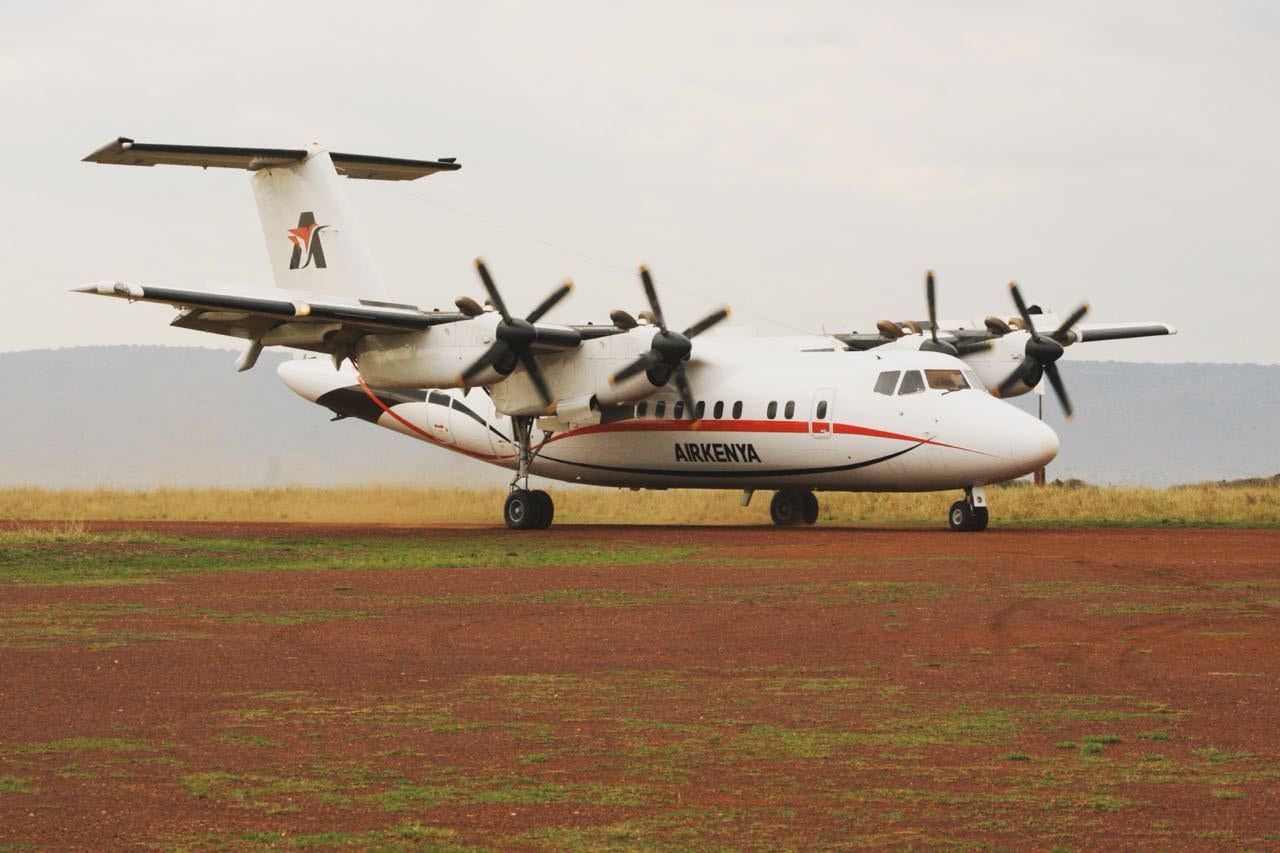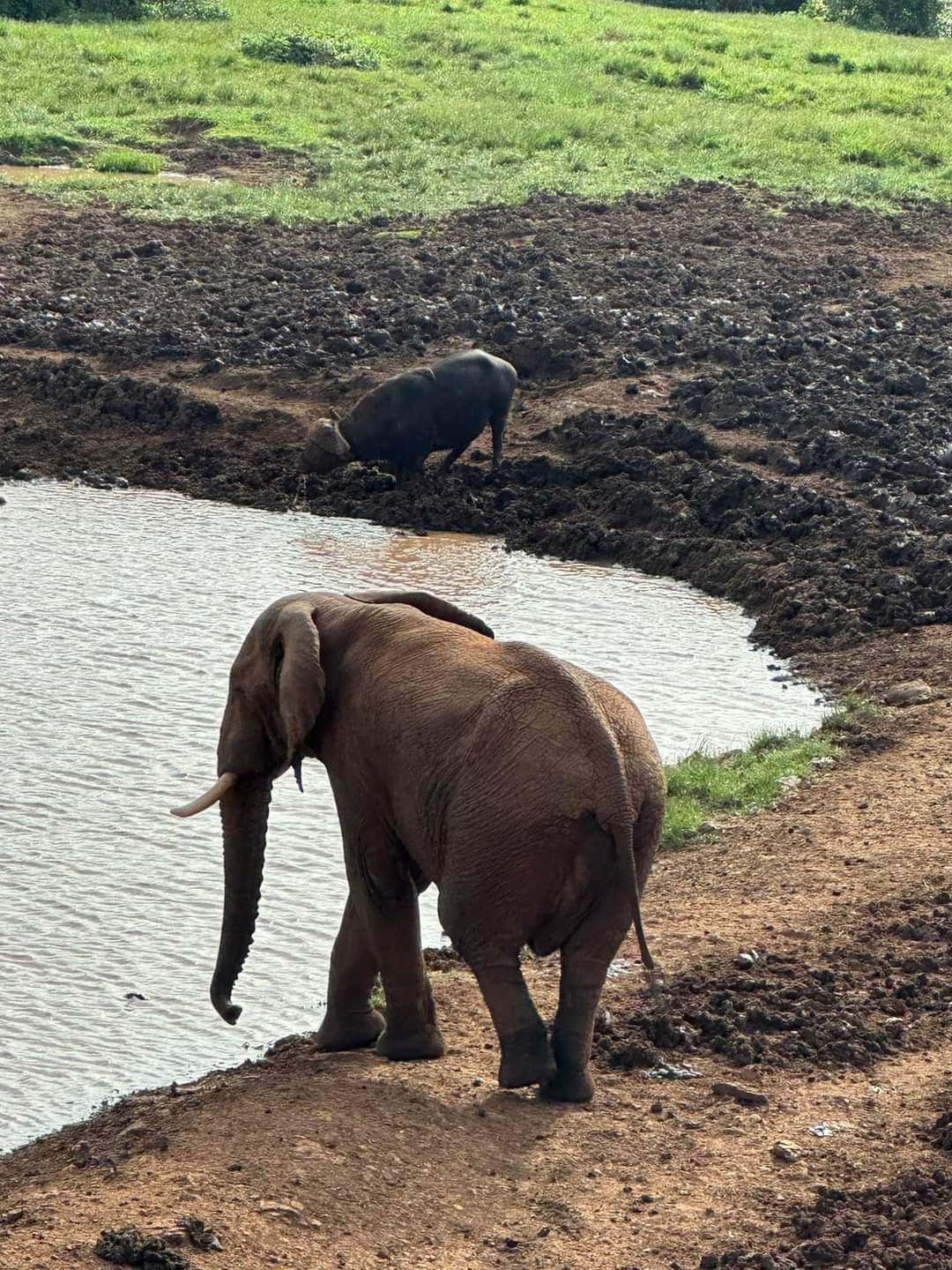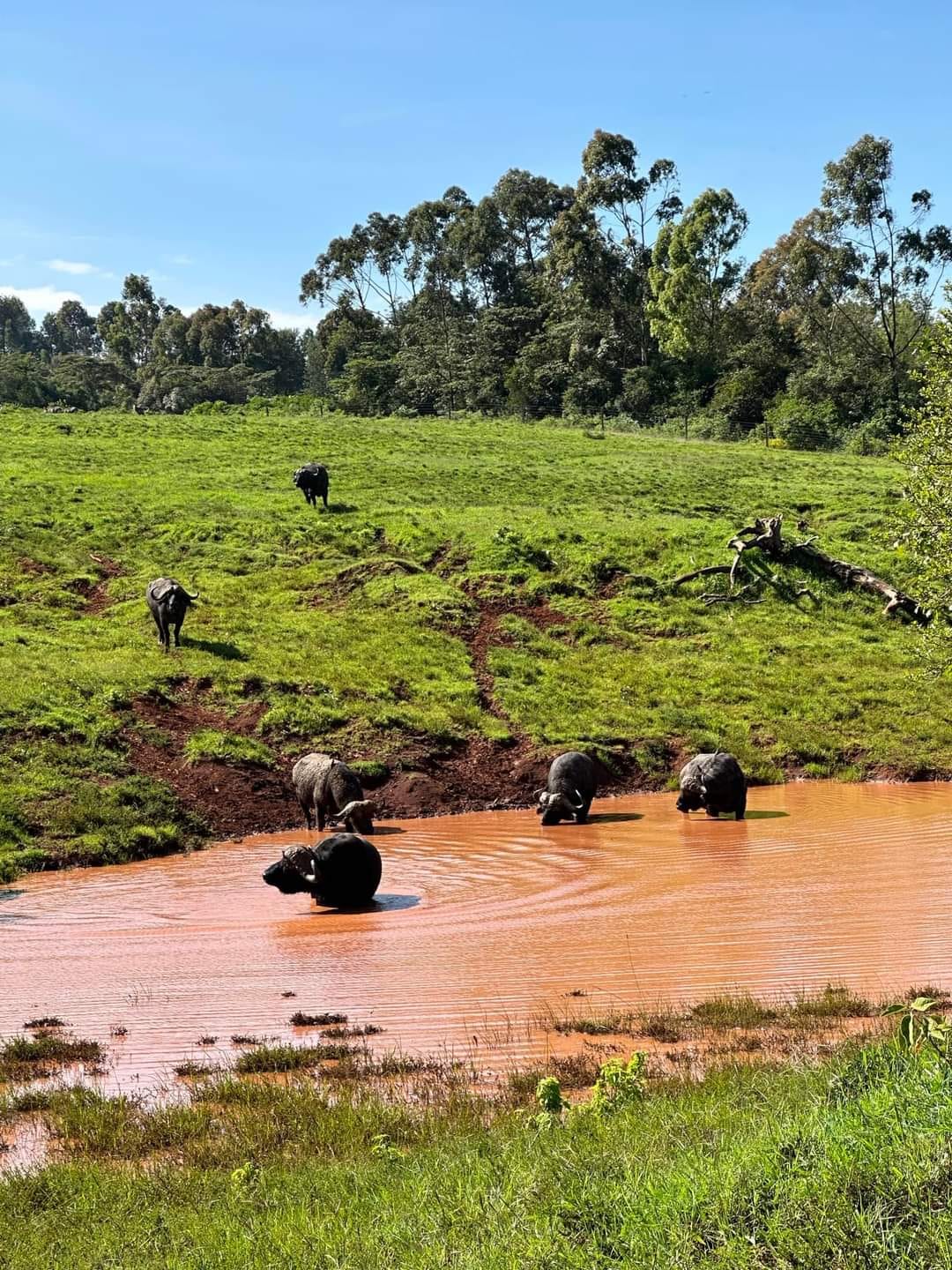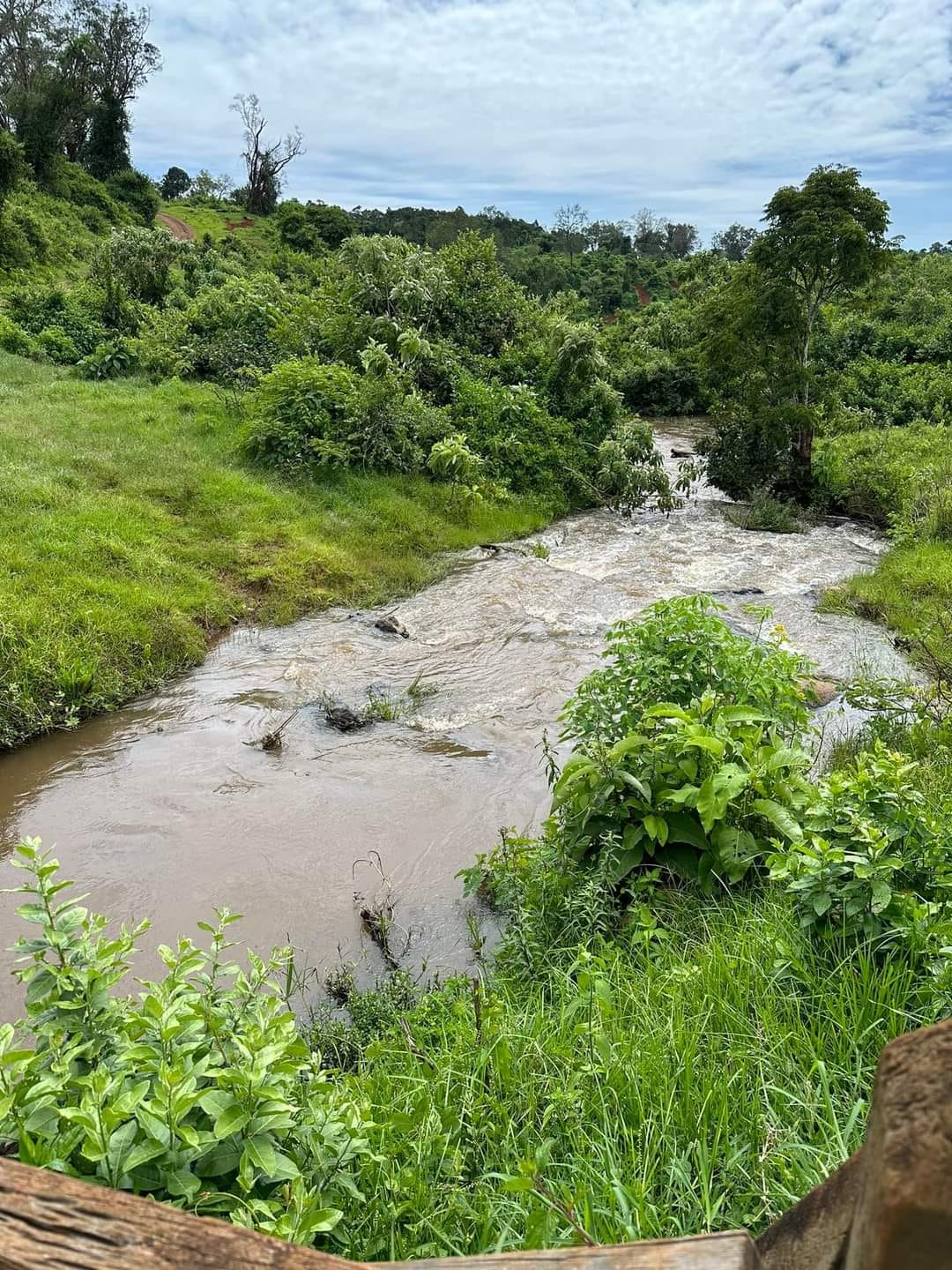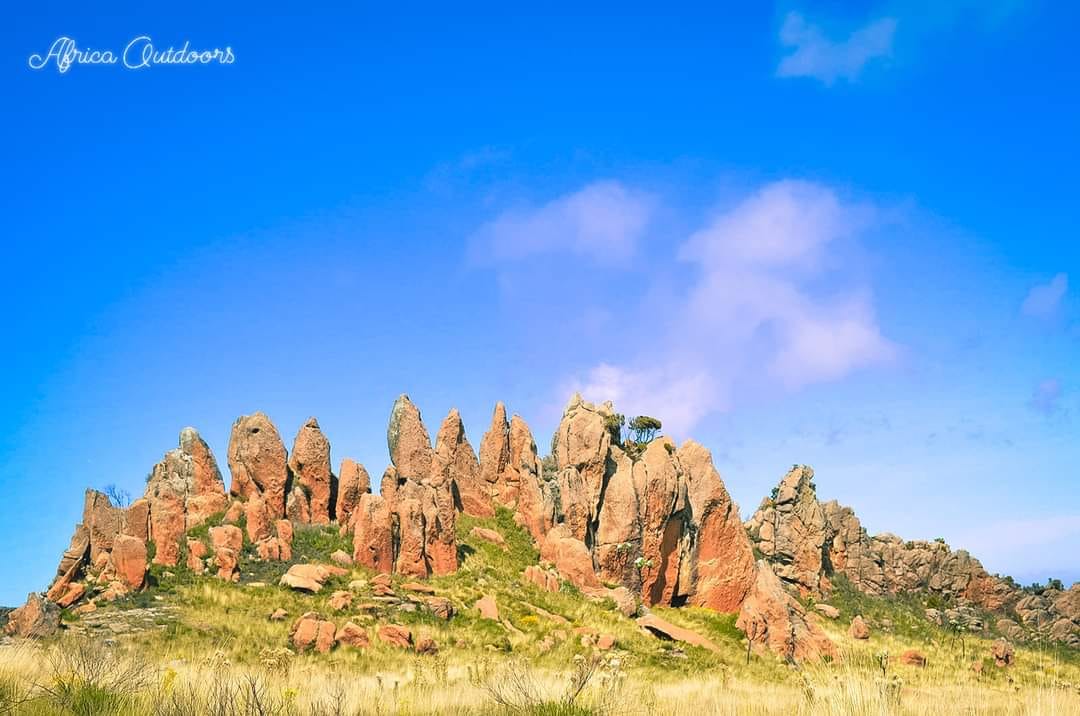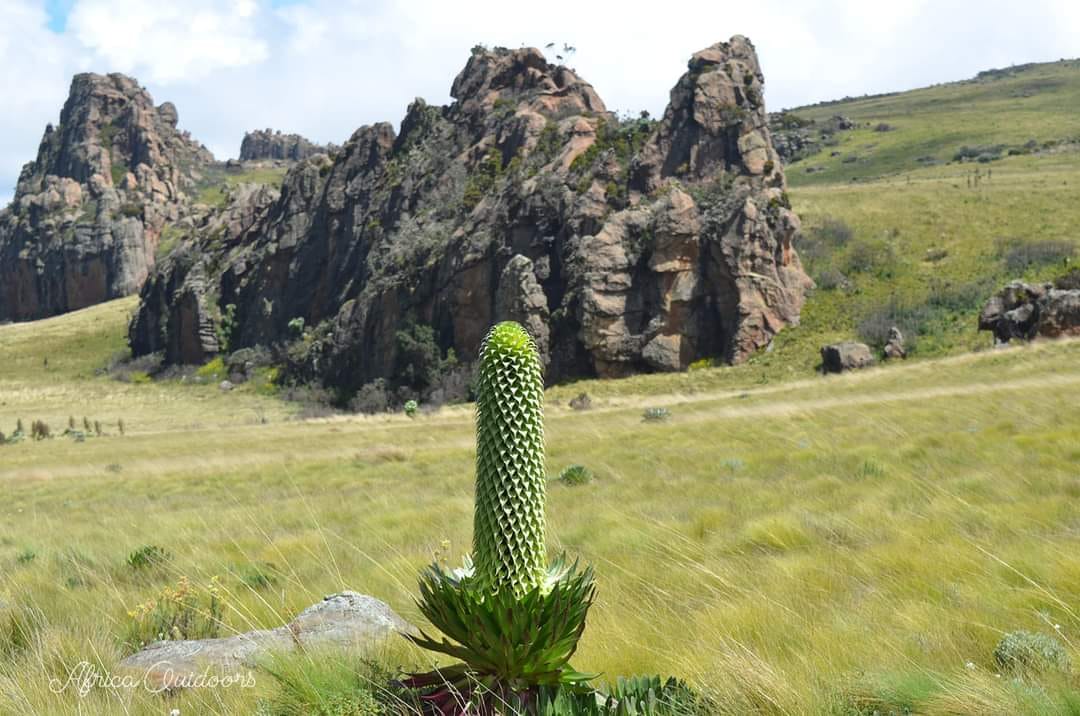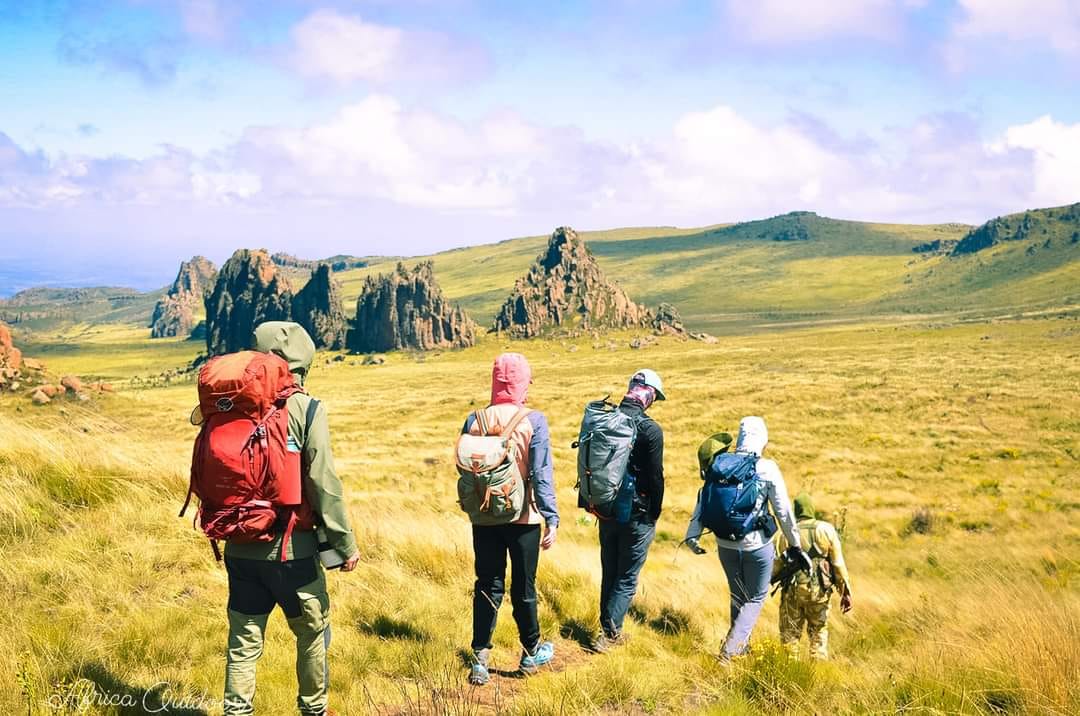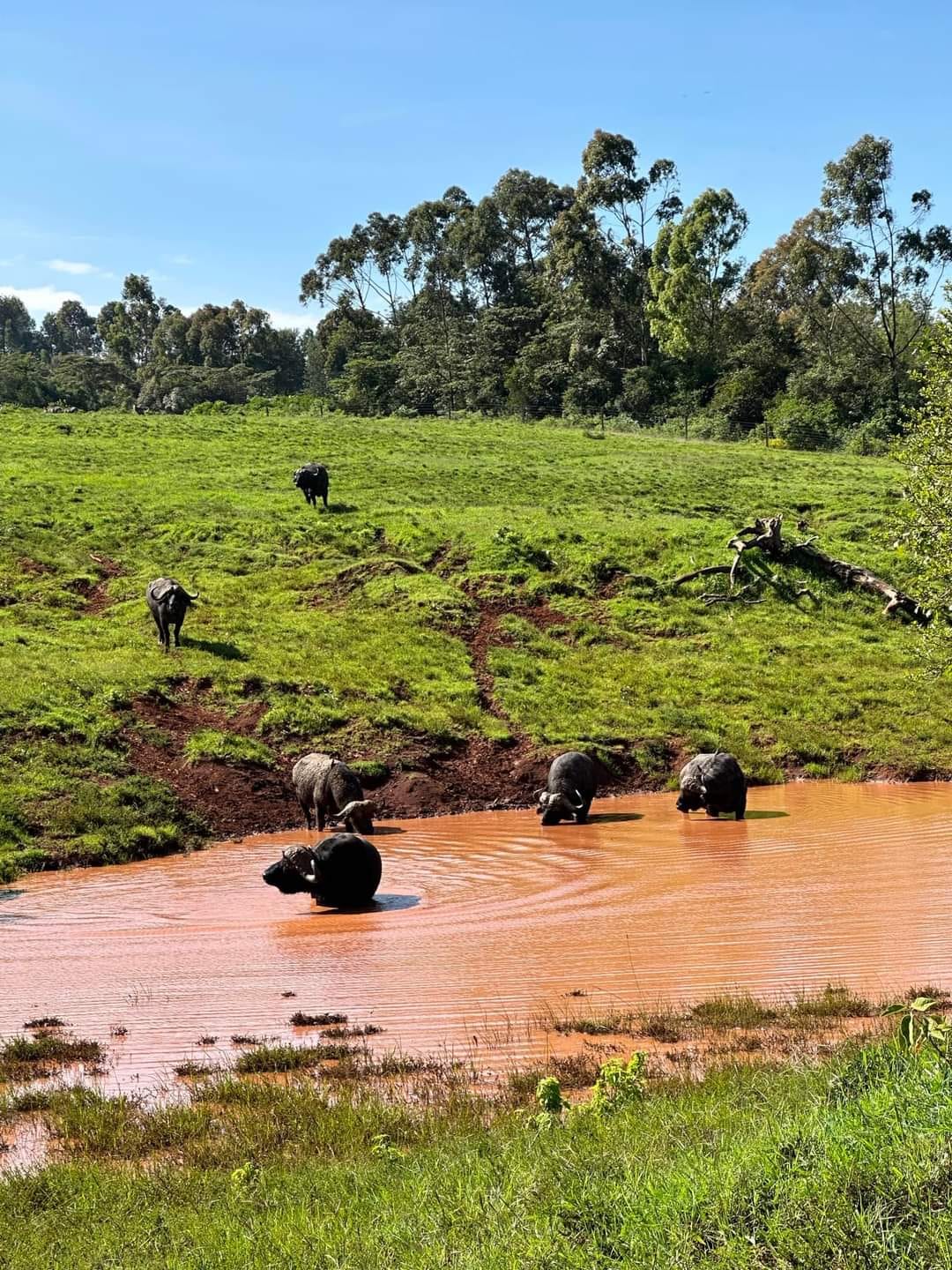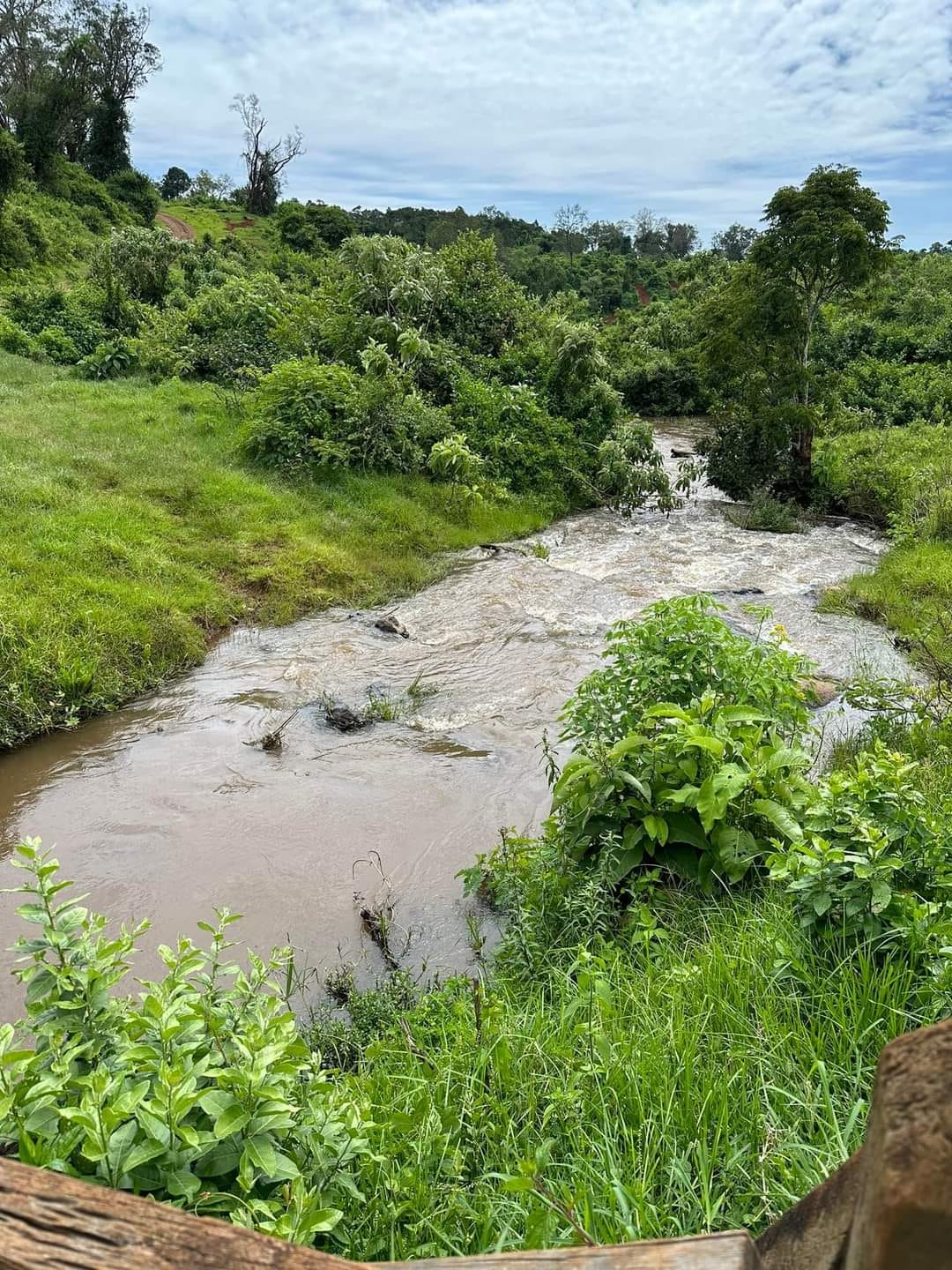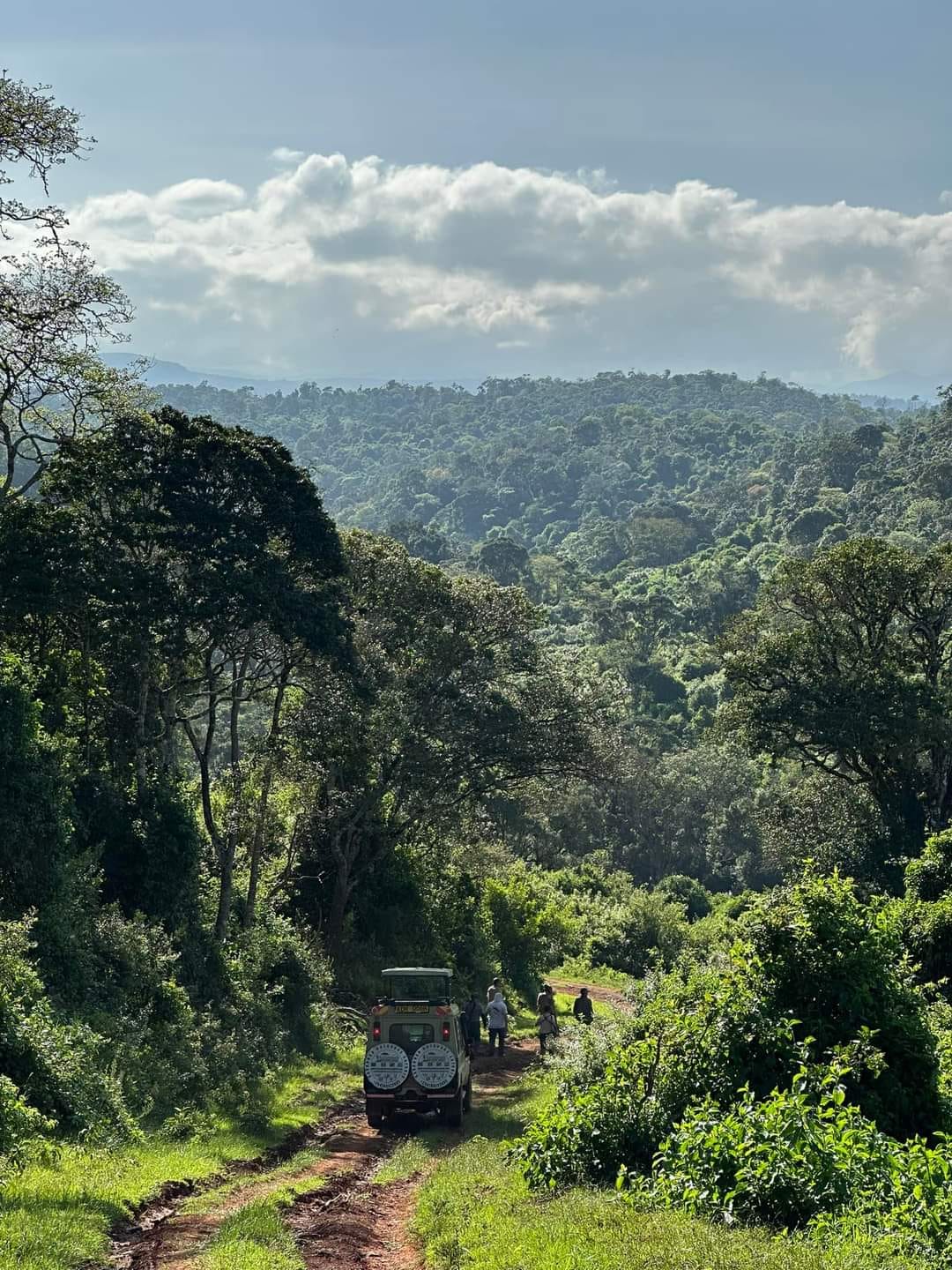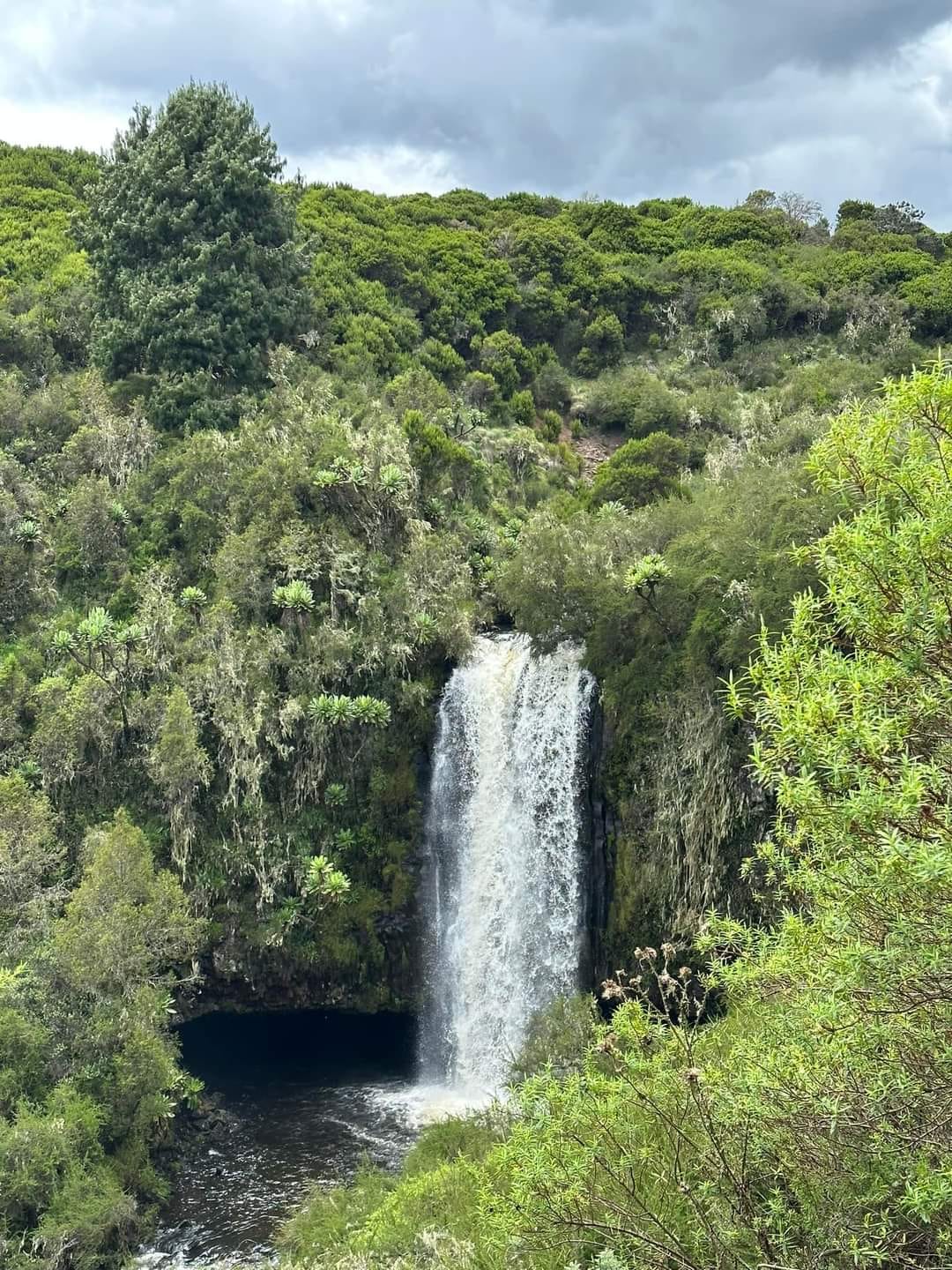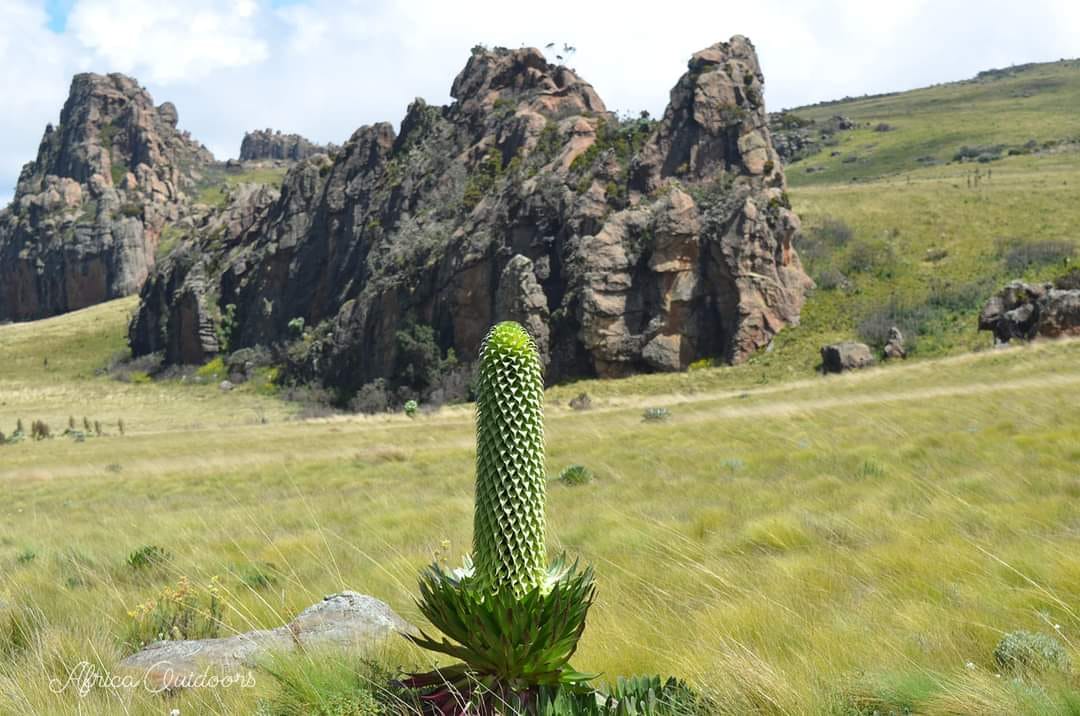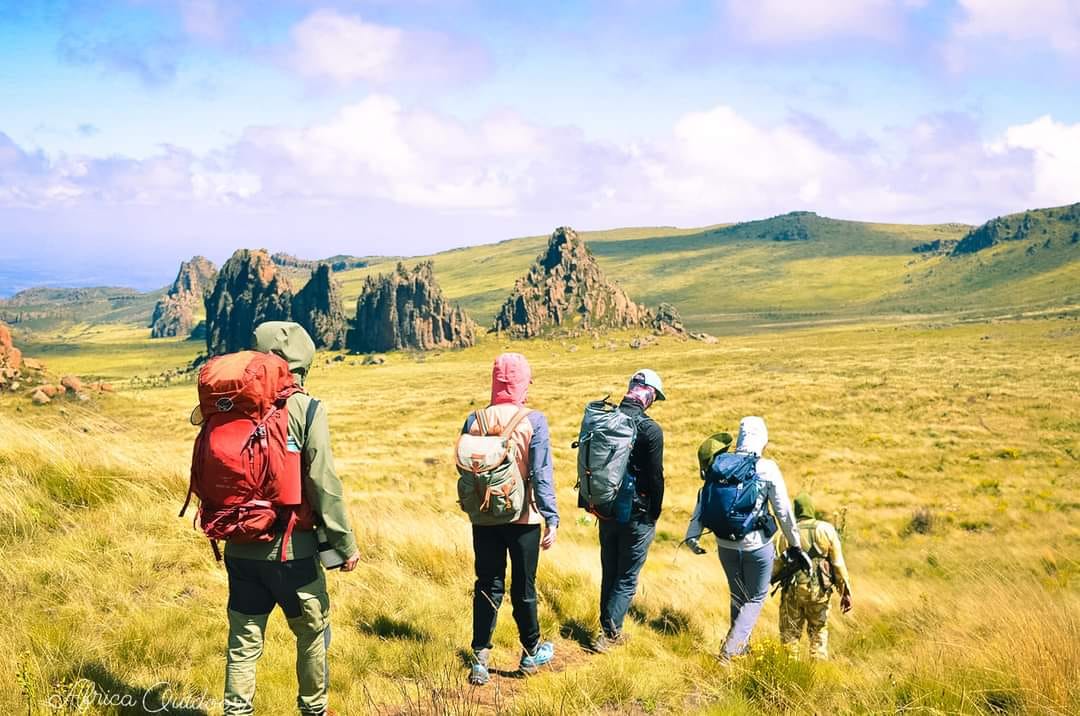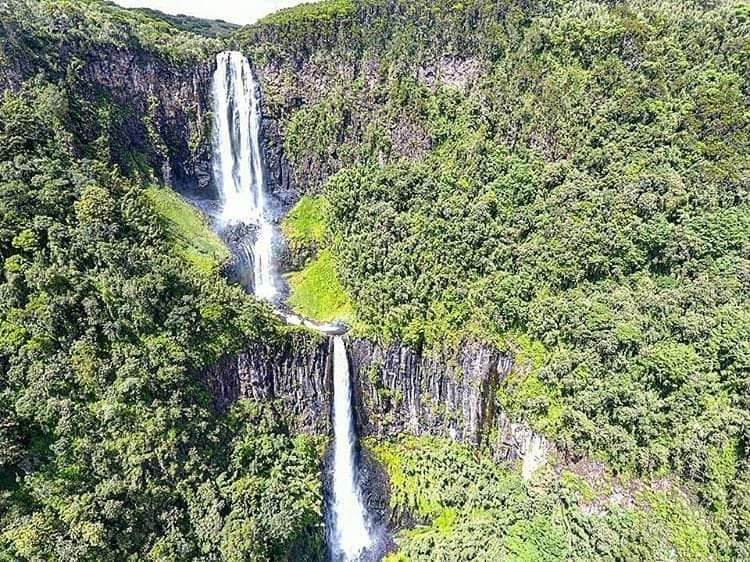
Aberdares National Park
Overview
Aberdare National Park, nestled in the central highlands of Kenya, is a breathtaking wilderness sanctuary that captivates visitors with its stunning landscapes, diverse wildlife, and rich cultural heritage. Spanning approximately 767 square kilometers, the park is named after the towering Aberdare Mountain Range, which defines its skyline with rugged peaks, deep valleys, and cascading waterfalls, offering a dramatic backdrop for an unforgettable Kenya safari experience.
The park’s varied terrain, ranging from dense montane forests to open moorlands, bamboo thickets, and rolling hills, creates a mosaic of ecosystems that support a rich diversity of flora and fauna. This lush wilderness is home to some of Kenya's most iconic wildlife, including elephants, buffaloes, leopards, and the rare bongo antelope. The park is also a birdwatcher’s paradise, with over 250 bird species recorded, including the endangered Aberdare cisticola and Jackson's francolin.
For those seeking adventure, Aberdare National Park offers a range of activities, including guided nature walks through its ancient forests, game drives across its open moorlands, and fishing in the crystal-clear mountain streams. The park’s numerous waterfalls, such as the magnificent Karuru Falls and Gura Falls, are among the highest and most spectacular in Kenya, offering stunning viewpoints and photography opportunities.
Beyond its natural beauty, the park is steeped in cultural significance, especially to the local Kikuyu people, who regard the Aberdares as a sacred land. Visitors can explore this cultural heritage through cultural tours, visits to nearby villages, and interactions with the indigenous communities, gaining insight into their traditional rituals, ceremonies, and way of life.
Aberdare National Park also plays a crucial role in the conservation of Kenya’s biodiversity. The park is a protected habitat for endangered species and threatened ecosystems, with conservation efforts focusing on safeguarding its natural resources, promoting sustainable tourism, and supporting local communities in the surrounding areas.
Whether you’re tracking elusive wildlife, marveling at the towering waterfalls, or immersing yourself in the rich cultural traditions of the region, Aberdare National Park offers an unparalleled safari experience in the heart of Kenya’s central highlands. Its combination of awe-inspiring landscapes, abundant wildlife, and deep cultural roots make it a must-visit destination for travelers seeking adventure and discovery in one of Africa's most enchanting wildernesses.
Park access
Aberdare National Park is typically through designated entry points, which are managed by the Kenya Wildlife Service (KWS). Visitors can access the park by road from various locations, including Nairobi, Nyeri, and Nyahururu.
Park gates
Aberdare Headquarters Gate (Mweiga Gate):
Mutubio Gate:
Kiandongoro Gate:
Shamata Gate:
Park attractions
Game animals easily seen in the park during game viewing include; African Elephant, black rhino, leopard, spotted hyena, olive baboon, black and white colobus monkey, sykes monkey, cape buffalo, warthog, common zebra (North Aberdare), bushbuck, reedbuck. Rare sightings include those of Giant Forest hog, bongo, golden cat, serval cat, African wild cat, African civet cat, blue duiker.
Very beautiful sceneries of Aberdare include magnificent waterfalls with the main ones being Karuru waterfalls which fall in three steps, 1st step 117M, 2nd step 26M and 3rd 130M, making a total of 273M, Chania waterfalls and may other smaller ones.
Adding to the beauty of Aberdare are many ridges and river valleys which attract mountain scenery photographers.
A recent marked attraction in Aberdare is the 400Kms electric fence which was completed – final post on 28th August, 2009. The fence protects the whole Aberdare ecosystem from human pressures and contains wildlife, preventing human/wildlife conflict.
Visitors can also indulge in picnics, trout fishing (in the past the rivers were stocked with brown rainbow trout) in the rivers and camping in the Moorlands. Bird viewing is rewarding with about 290 recorded bird species, including the Aberdare Cisticola that is critically endangered and the Jackson’s francolin, which is regionally endemic, sparry hawk, goshawks, eagles, sunbirds and plovers
Park wildlife
Home to a rich diversity of wildlife, Aberdare National Park offers visitors the chance to encounter a myriad of species, including the iconic Big Five – lion, elephant, buffalo, leopard, and rhinoceros. Other commonly sighted animals include the elusive bongo antelope, giant forest hog, colobus monkey, and numerous bird species. The park is also renowned for its population of endangered black rhinos, which are often spotted around watering holes and salt licks.
Camping
The Ark Camp

